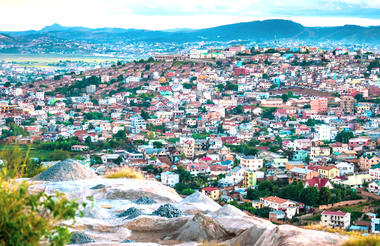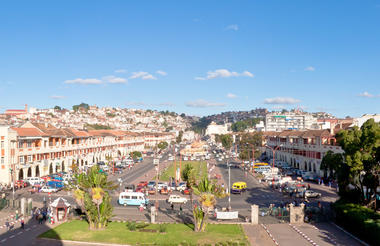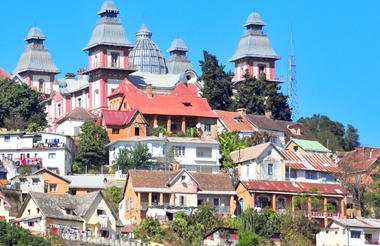Evolution has occurred more or less in isolation on this remote island – located 400 kilometres off Africa’s east coast – with the result that much of its indigenous wildlife is found nowhere else on earth. Madagascar’s menagerie of weird and wonderful creatures includes the world’s biggest and smallest chameleons and over 70 species of lemur – long-tailed primates endemic to the island. The Madagascan landscape is no less compelling than the resident wildlife, with terrain ranging from lush jungles and palm-fringed beaches to the knife-edged karst tsingys of the Tsingy de Bemaraha National Park’s ‘stone forests’. Madagascar is an otherworldly paradise where visitors are offered a unique glimpse into a fantastical one-of-a-kind world.
Antananarivo, also known as Tana, is Madagascar’s capital city. It is perched at 1400 metres above sea level crowning a spectacular mountain range. Founded in 1625, Antananarivo, often considered only as a starting point to the South, North, East and West regions, Antananarivo still has a rich historical heritage that is complemented by scenic landscapes covered in a large network of popular hiking routes.
Known for its vibrant nightlife, Antananarivo features local live music at a variety of clubs and bars.
The city is divided into 3 parts, the upper, middle and lower city. The upper town is the most visited part with its Rova or Queen's Palace which dominates the whole city and offers an exceptional panorama. Another curiosity not to be missed is the large market of Tana or Zoma located in the lower town and whose scents and colours will delight you.
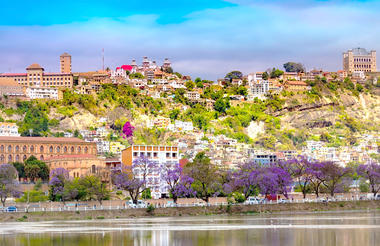
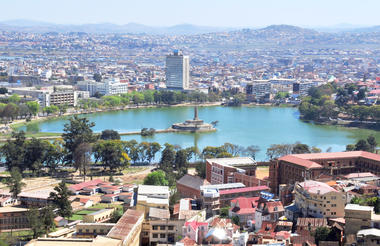
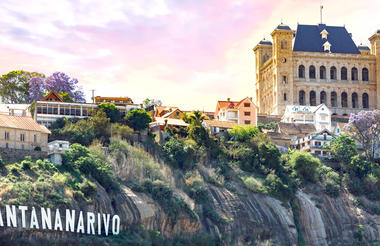
Located in Madagascar’s Boeny Region, the magnificent Ankarafantsika Nature Reserve is a national park set in the northwestern corner of this exotic island. The park comprises dense, dry deciduous forests, savanna and wetlands and is home to more than 800 species of unique flora. Visitors can look forward to exploring a vast network of scenic trails and spotting an array of wonderful wildlife while exploring the park, including a huge variety of bird species and reptiles, as well as eight lemur species which include the mongoose lemur, grey mouse lemur, and the fat-tailed dwarf lemur. Visitors wanting to extend the experience can camp or stay over at the accommodation facilities located in the park. Its sheer natural beauty and host of diverse wildlife make this reserve an excellent destination to include on any Madagascan itinerary.



As previously described



Evolution has occurred more or less in isolation on this remote island – located 400 kilometres off Africa’s east coast – with the result that much of its indigenous wildlife is found nowhere else on earth. Madagascar’s menagerie of weird and wonderful creatures includes the world’s biggest and smallest chameleons and over 70 species of lemur – long-tailed primates endemic to the island. The Madagascan landscape is no less compelling than the resident wildlife, with terrain ranging from lush jungles and palm-fringed beaches to the knife-edged karst tsingys of the Tsingy de Bemaraha National Park’s ‘stone forests’. Madagascar is an otherworldly paradise where visitors are offered a unique glimpse into a fantastical one-of-a-kind world.
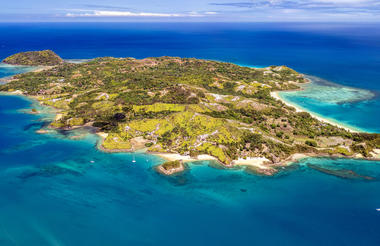
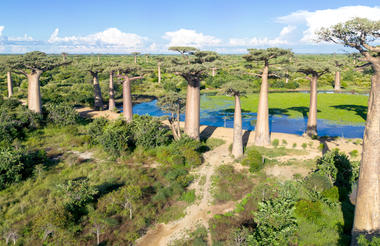
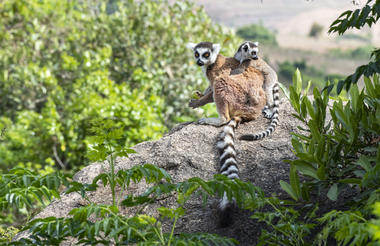
As previously described
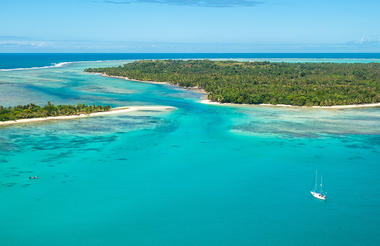
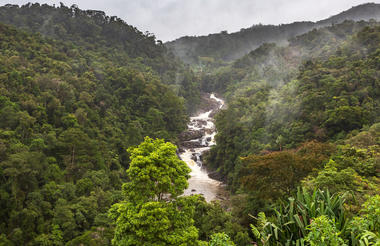
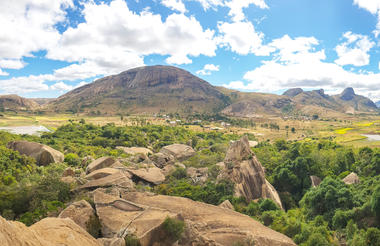
Set on the northwest coast of Madagascar, the port city of Mahajanga, also known as Majunga, is a popular stop along Madagascar’s tourism route. It serves as a gateway to the diverse landscapes of western Madagascar. Boasting a rich blend of cultures, it is one of the most colourful and ethnically diverse places in Madagascar. It is well-known for its picturesque waterfront featuring a wide palm-lined seaside promenade dotted with enticing Malagasy street food stalls and offering beautiful ocean-side views. Visitors can look forward to an array of wonderful attractions, including a host of beautiful beaches, such as the Plage du Grand Pavois and the stunning red cliffs of the Cirque Rouge Canyon.
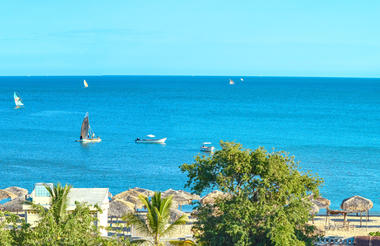
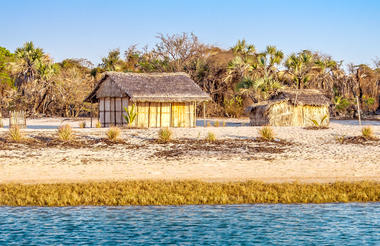
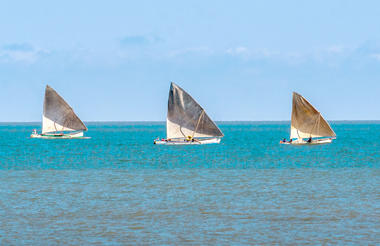
As previously described
As previously described
As previously described
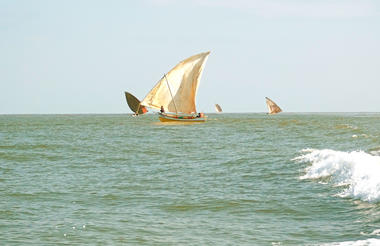
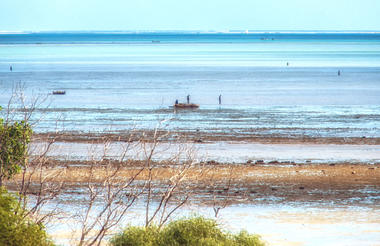
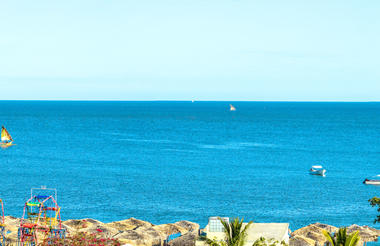
As previously described
As previously described
